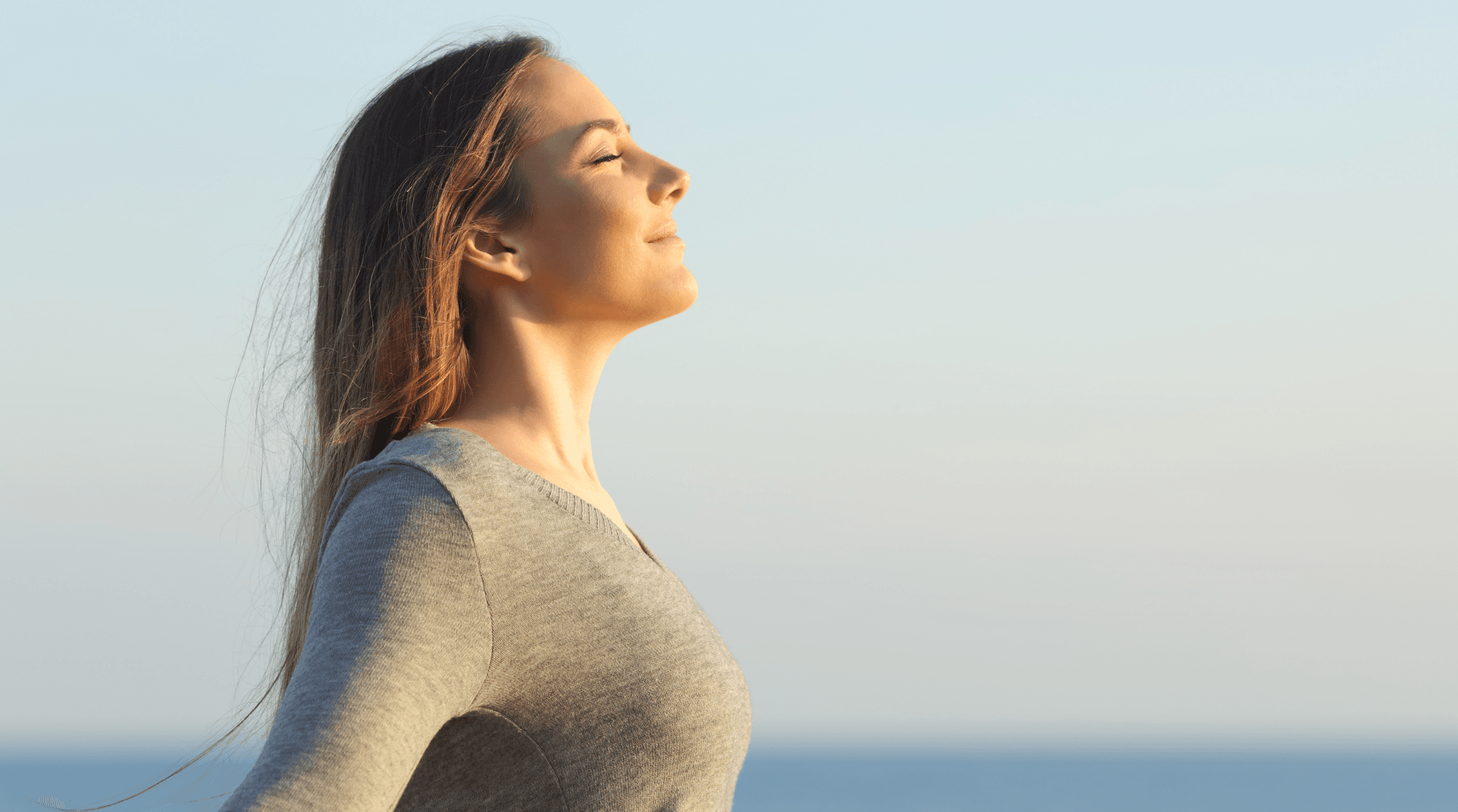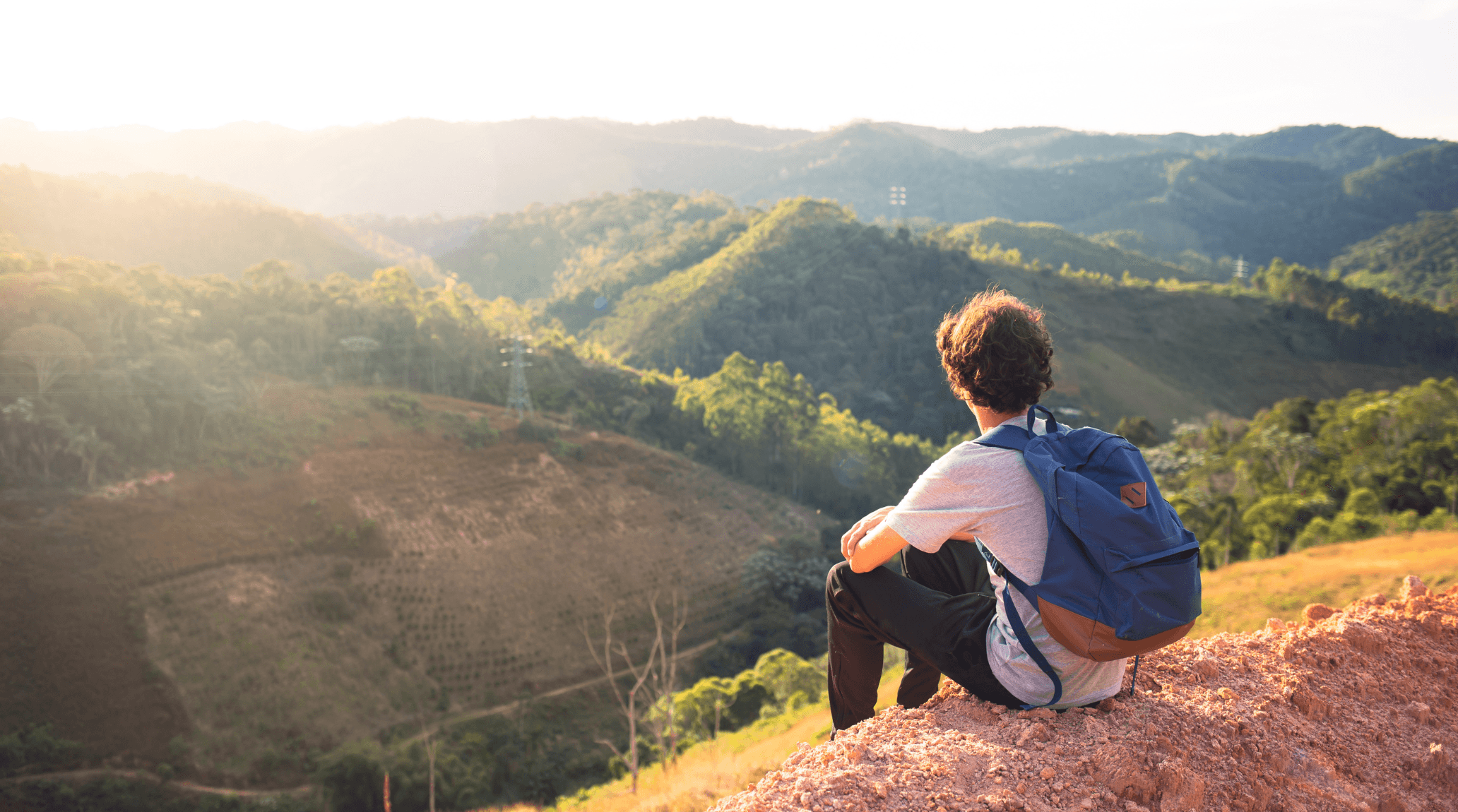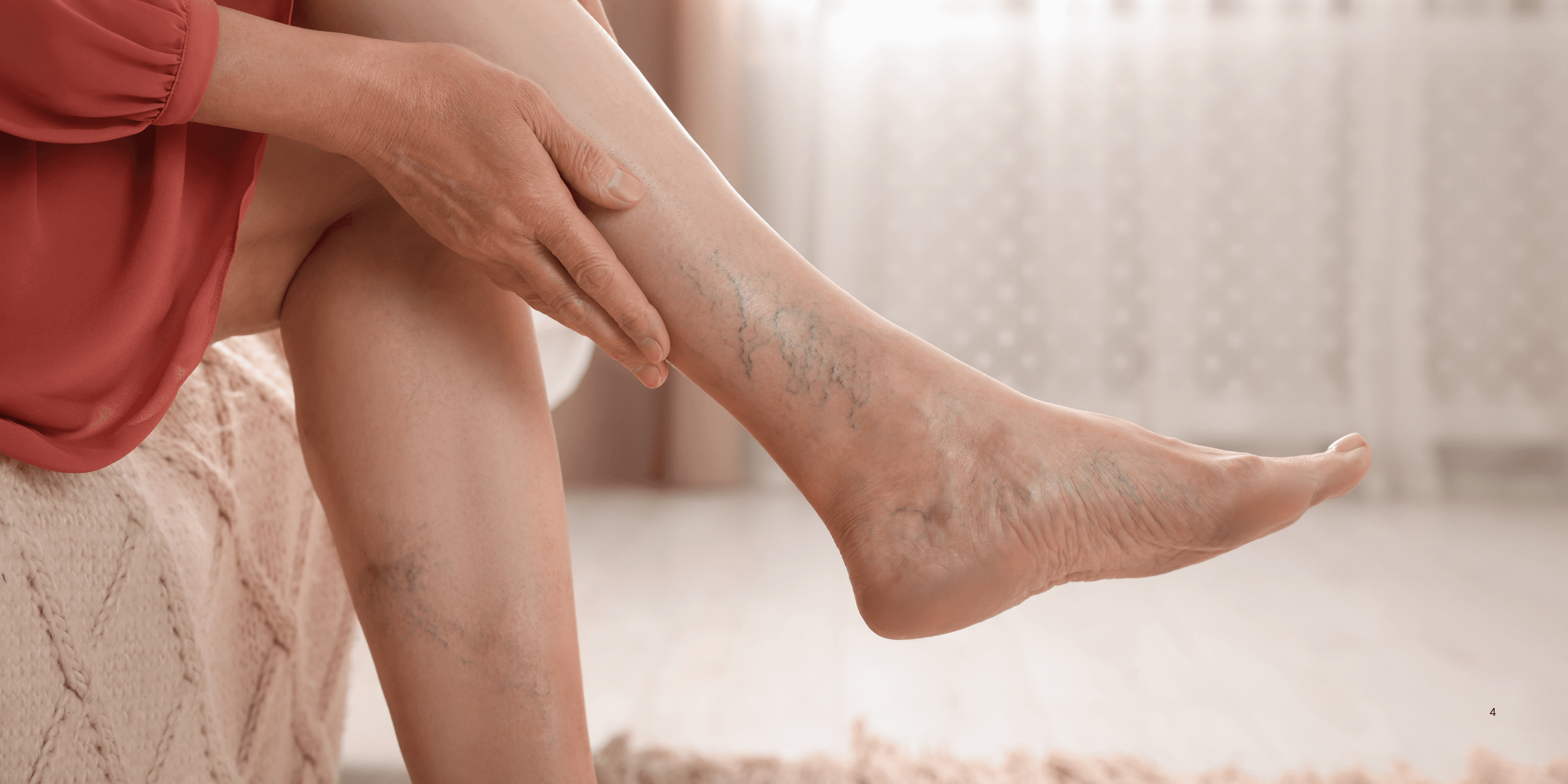
“
Recognizing the signs of poor vein health early can make a vital difference in preventing chronic venous insufficiency and serious vascular complications. Veins play a key role in returning deoxygenated blood back to the heart. When veins are not functioning properly, it can lead to blood pooling, discomfort, skin changes, and even ulceration.1
1
”
A dull ache or heavy feeling in the legs, especially after standing or sitting long, may suggest blood pooling due to weak valves and the early stages of venous insufficiency.1
Visible spider veins or varicose veins, often dismissed as cosmetic, are surface-level signs that deeper vein valves may be failing and struggling to move blood effectively against gravity. 2
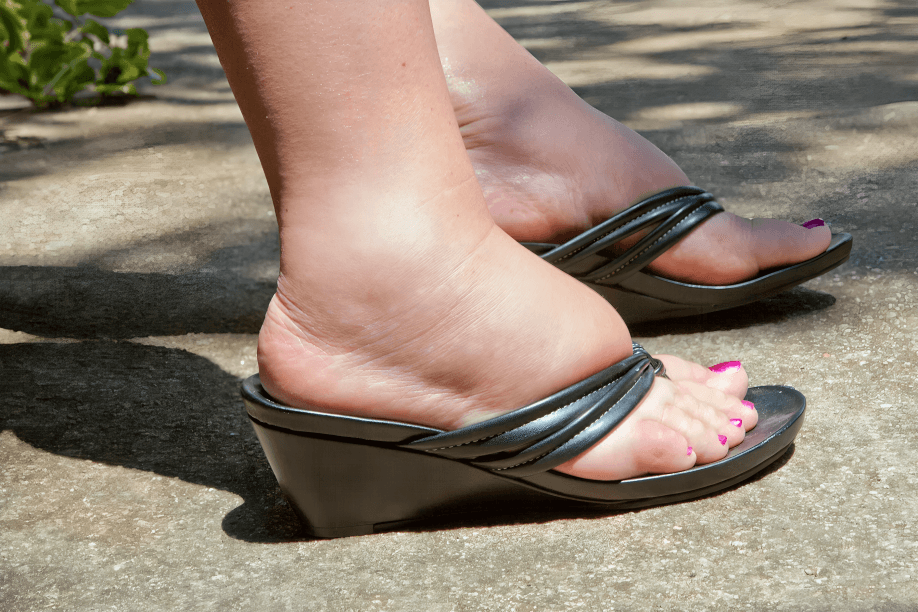
Swelling in the ankles, calves, or feet at the end of the day, which subsides by morning, is a classic early signal of poor circulation caused by vein dysfunction.
Discoloration around the ankles, such as darkening or reddish-brown patches, often indicates long-term blood leakage from veins and early inflammation of surrounding tissues. 3
Cramping, burning, or tingling in the legs—especially during the night—could point to underlying venous reflux, where blood flows backward and irritates surrounding nerves. 4
Restless leg syndrome, where the urge to constantly move the legs interferes with sleep, can be linked to underlying vein disorders rather than only neurological or lifestyle factors. 5
Leg wounds that heal slowly or keep returning—especially near the ankles—may be venous ulcers, which occur due to chronically poor blood flow and delayed tissue repair. 6
A sensation of tightness or fullness in the calves, even without swelling, could suggest venous congestion—where blood is not draining efficiently back toward the heart. 7
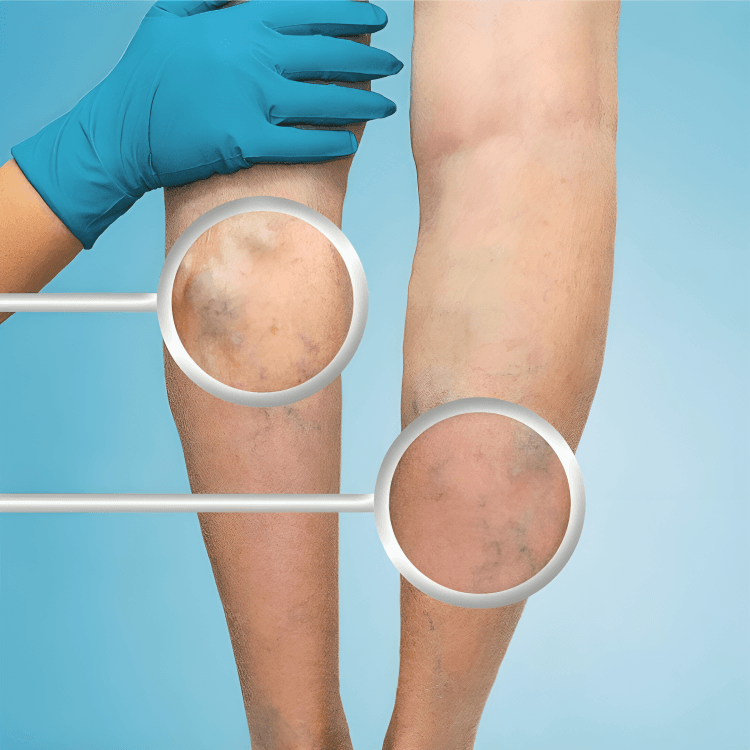
Bulging, rope-like veins that protrude more while standing often indicate that vein valves have weakened, and blood is accumulating under pressure in surface veins.
Skin temperature changes, like unusually warm or cold patches in the legs, might signal vein irregularities and impaired blood distribution to surface tissues. 8
Leg fatigue that feels different from general tiredness—often localized in the lower limbs and worsening with time spent upright—is commonly reported with early vein issues. 9
Increased leg pain during walking or climbing stairs, which improves with rest, is sometimes linked to venous claudication rather than just muscle exhaustion or aging. 10
Red or inflamed veins that feel tender to touch might signal superficial thrombophlebitis—a condition where surface veins become irritated and may develop small clots. 11
Vein issues are not limited to older adults; prolonged sitting, lack of movement, and genetics mean younger people can also experience early signs like swelling or visible veins. 12
Obesity and pregnancy can both worsen vein function by increasing pressure on leg veins, making early symptoms like leg heaviness or skin changes more likely and more severe. 13

Prolonged standing at work—such as in teaching, factory, or healthcare roles—can accelerate vein wear, showing early symptoms like fatigue, swelling, or tingling.
Leg pain that worsens with heat exposure, such as hot showers or summer temperatures, may suggest inefficient veins unable to adapt to thermal changes in circulation. 14
Frequent use of compression socks to relieve daily swelling or fatigue could be masking underlying vein dysfunction that should be medically evaluated instead of self-managed long-term. 15
People who frequently cross their legs while sitting may unknowingly increase pressure on veins, worsening symptoms like numbness, tingling, or visible vein patterns over time. 16
A vascular health expert once emphasized, "The legs talk long before they fail." Subtle clues like skin itching, throbbing, or visible veins should never be dismissed as trivial.17
